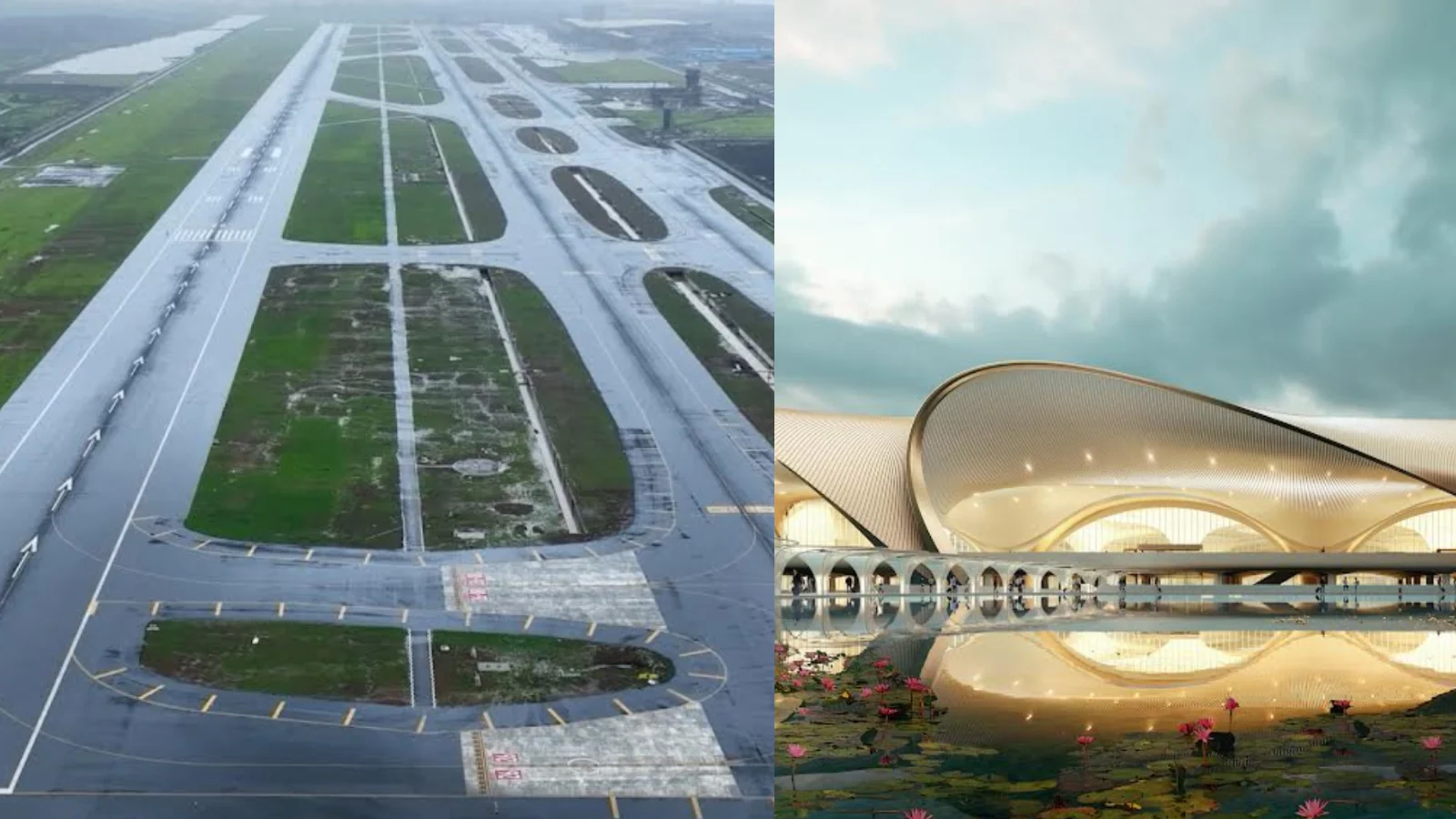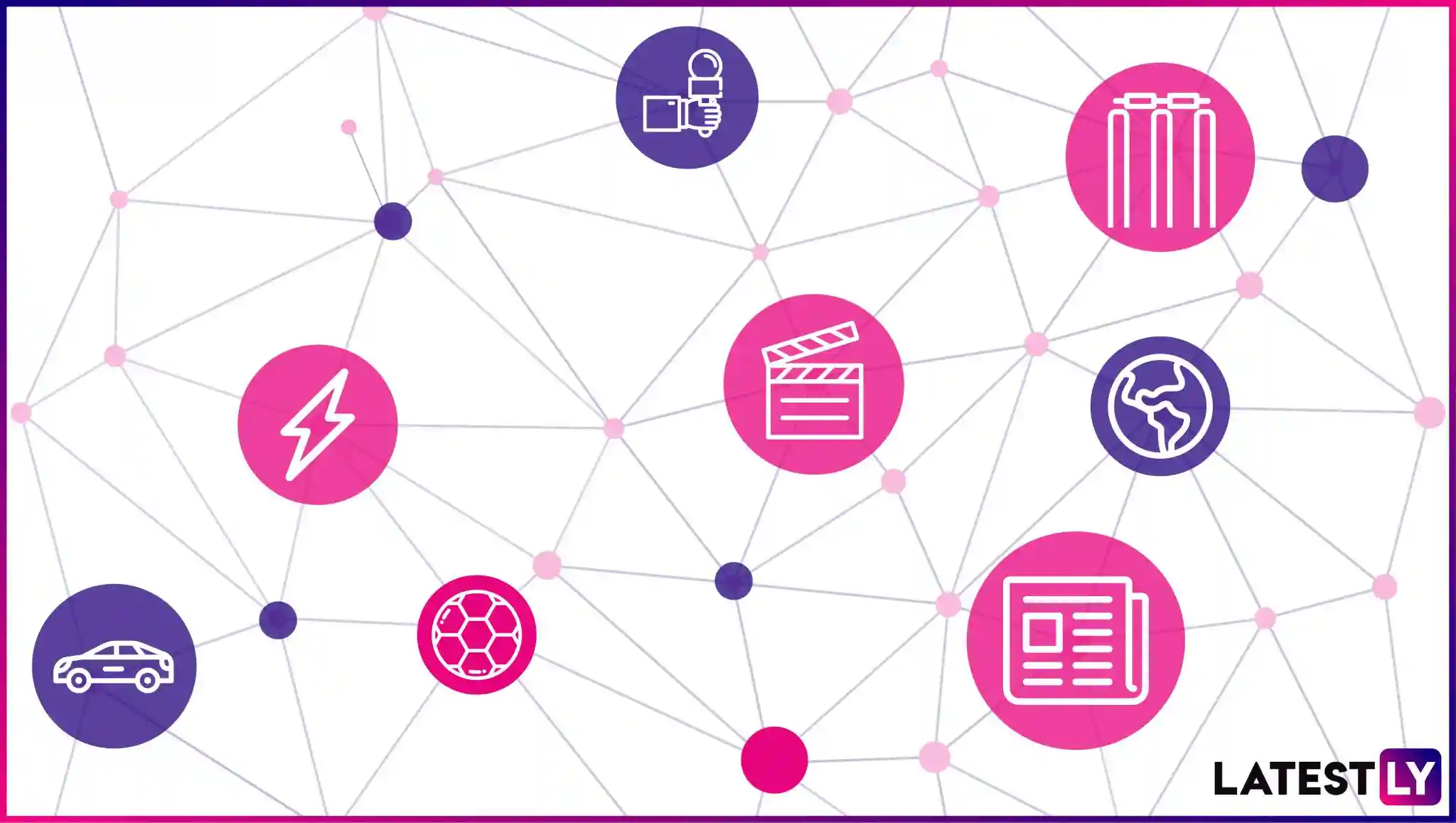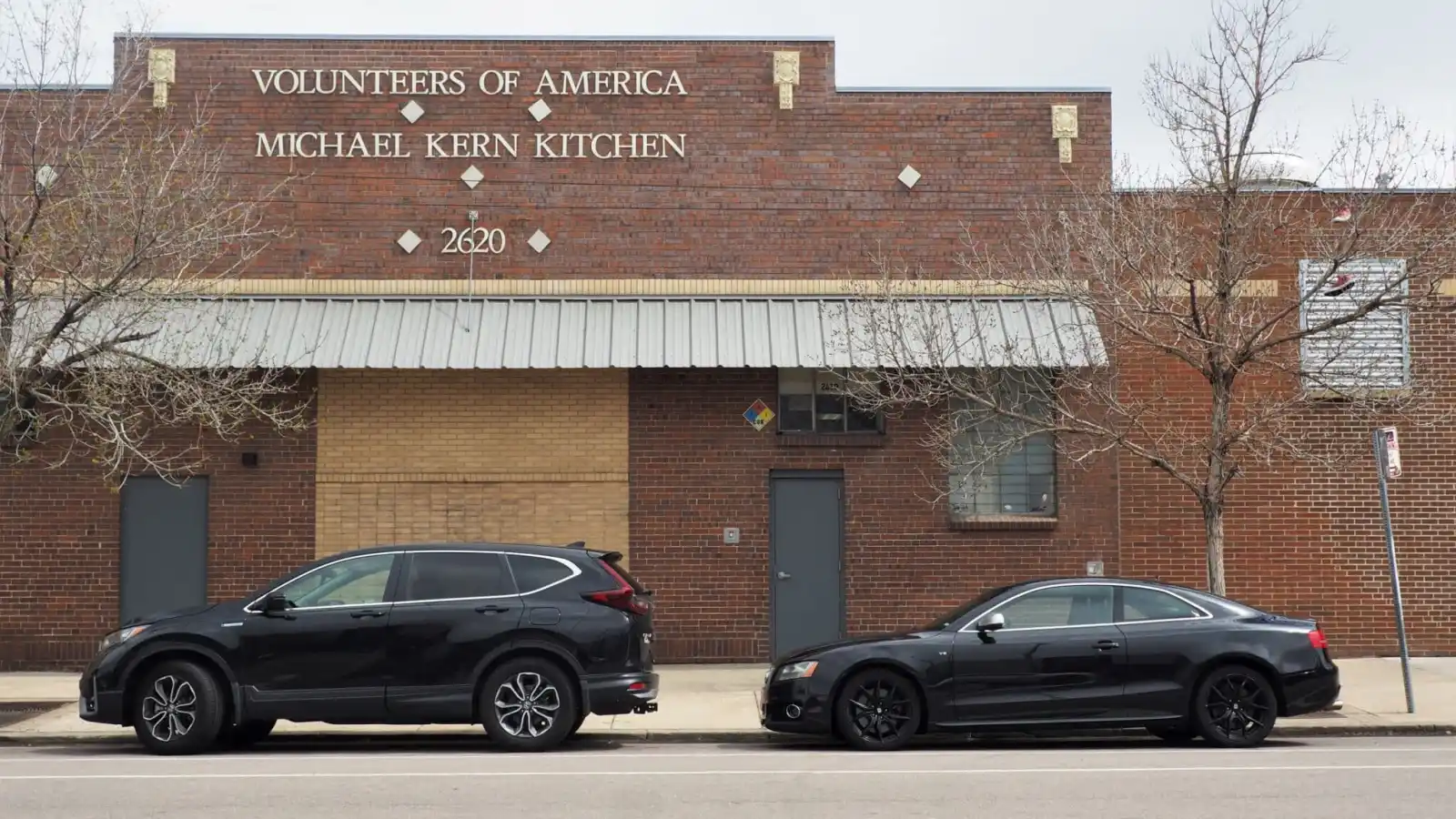By News18,Shobhit Gupta
Copyright news18

The inauguration of the Navi Mumbai International Airport (NMIA), originally scheduled for September 30, has now been postponed to October amid the forecast of incessant rainfall across the Mumbai Metropolitan Region and the Konkan area from September 27-29, Times of India reported.
Built by Adani Airports in a public-private partnership (PPP), the NMIA was scheduled to be inaugurated by Prime Minister Narendra Modi on September 30, as announced by Chief Minister Devendra Fadnavis.
However, an official from the Maharashtra chief minister’s office said, “There is a lot of loose soil and muck on the roads leading up to the new airport in Ulwe, which may make it difficult for visitors to reach the airport,” the report added.
The Prime Minister was also scheduled to launch the third phase of the Mumbai Metro-3 from Worli to Cuff Parade on the same day. However, it has also been postponed and is expected to be inaugurated on October 8.
Reason For Delay
The India Meteorological Department (IMD) and several other experts have predicted extremely heavy rains in Mumbai and nearby areas by the end of this month.
Rushikesh Agre, a weather forecaster, told CNBC18, “Many models are indicating extremely heavy rains over Mumbai during September 27-29 as the low pressure trajectory will pass closer to Mumbai due to southward shift.”
All About Navi Mumbai Airport
Located in Ulwe, near Panvel, NMIA will be Mumbai’s second international airport, after Chhatrapati Shivaji Maharaj International Airport (CSMIA). It is designed to ease the heavy air traffic at CSMIA and to offer a world-class travel alternative to people in the Mumbai Metropolitan Region (MMR).
The NMIA project has been in planning since 1990, with PM Modi laying the foundation stone in February 2018. It is being developed by Navi Mumbai International Airport Limited (NMIAL) — a joint venture between Adani Airport Holdings (74%) and CIDCO (26%).
Spread across 1,160 hectares, the airport is being built in five phases. In the first phase, NMIA will be able to handle 20 million passengers and 0.8 million tonnes of cargo annually.
According to the airport’s master plan, by 2032, NMIA will expand to four terminals with the capacity to handle up to 90 million passengers per year. Once both runways are fully operational, NMIA and CSMIA together will allow Mumbai to handle around 145–150 million passengers every year.
On September 23, Air India Group unveiled a comprehensive plan to begin operations from NMIA, starting with the airport’s first phase of commercial flights.
Initially, Air India Express, the group’s value carrier, announced to operate 20 daily departures, translating into 40 Air Traffic Movements (ATMs), connecting Navi Mumbai to more than 15 Indian cities.
Earlier this year, IndiGo had announced 18 daily flights to over 15 destinations from NMIA at launch, with plans to expand to 140 daily flights—including 30 international—in 18 months. Akasa Air also confirmed it would begin with 15 domestic flights daily, before ramping up to over 300 domestic and 50 international flights weekly.
All About Mumbai Metro-3
The city’s first fully underground metro has been rolled out in phases. Phase One — Aarey Colony to Bandra-Kurla Complex (BKC) — was thrown open to the public on October 7, 2024, while Phase Two from BKC to Worli was launched on May 9, 2025.
With the third phase of Mumbai Metro-3 operational, the travel from Colaba to Aarey Colony will be completed within one hour. Currently, it takes 120-180+ minutes to cover the stretch by road during peak traffic.
Phase Three of Mumbai Metro-3 has following stations: Science Museum, Mahalaxmi, Mumbai Central, Grant Road, Girgaon, Kalbadevi, CSMT, Hutatma Chowk, Churchgate, Vidhan Bhavan, Cuffe Parade.
The Mumbai Metro-3 links major business zones: BKC, Worli, Dadar, plus airport access and SEEPZ tech park.



